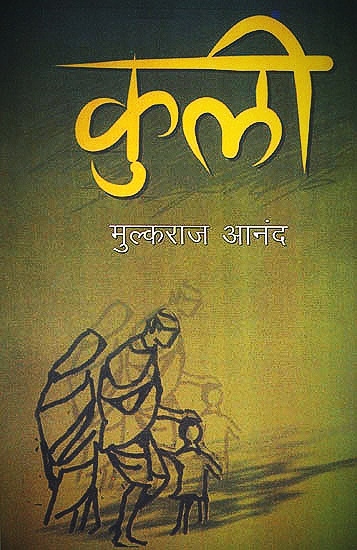Nectar in a Sieve summary

Nectar in a Sieve Set in rural India during a phase of urban development, Indian author Kamala Markandaya’s acclaimed novel, Nectar in a Sieve (1954), follows Rukmani, an elderly woman who reflects on the various hardships and triumphs of her lifetime. Married at twelve years old to Nathan, a farmhand, Rukmani struggles to find happiness as she toils in the fields, grapples with unthinkable loss, and deals with sweeping changes in her homeland. The title of the novel derives from the 1825 poem “Work Without Hope” by Samuel Taylor Coleridge. Nectar in a Sieve has sold more than one million copies. It has been called “very moving” by Harper’s Magazine , “a novel to retain your heart” by Milwaukee Journal , and “an elemental book. It has something better than power, the truth of distilled experience” by New York Herald Tribune . Narrated by Rukmani, an elderly Indian woman, the story begins in rural India. Rukmani is the educated daughter of a village chieftain who has


